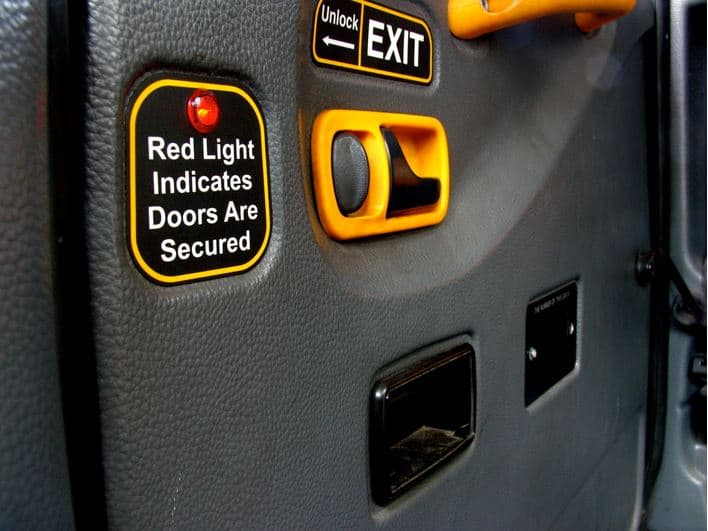
Red Light Indicates Doors Are Secured For Ex Turpi Causa Defence
RED LIGHT INDICATES DOORS ARE SECURED[1] FOR EX TURPI CAUSA DEFENCE
Sophie Firth examines Beaumont and another v Ferrer [2016] EWCA Civ 768 in which the Court of Appeal ruled that the criminal conduct of youths injured whilst ‘jumping’ a taxi should debar them from recovering damages in negligence against the taxi driver.
THE FACTS
A group of teenage boys decided to make off from a taxi without paying the fare. Some succeeded in safely exiting the taxi whilst it was stationary, but 2 were seriously injured when they exited the taxi whilst it was moving.
THE ISSUES
Breach of duty: When the Defendant taxi driver drove off with the 2 teenage Claimants remaining in the vehicle, did or ought he to have known that they would continue to attempt to exit the vehicle, that they were not wearing seatbelts and that the door was open?
Causation: Was the conduct of the Claimants a supervening cause which obliterated any earlier negligence of the Defendant?
Ex turpi causa: Did the conduct of the Claimants engage the maxim?
THE DECISION
Breach of duty
The Defendant’s fear / unwillingness to lose the fare did not excuse his driving away in the knowledge the Claimants were not seatbelted and the door was open. Further, it was foreseeable the remaining teenagers would seek to execute their plan. The Defendant was therefore in breach.
Causation / ex turpi causa
The Court sidestepped the issues of whether the criminal conduct was “inextricably linked” to the facts giving rise to the claim and / or “sufficiently serious” to engage the ex turpi principle as per the test in Vellino v Chief Constable of Manchester [2002] 1 WLR 218. Instead, they relied on the test in Gray v Thames Trains Ltd [2009] AC 1339 which explicitly avoided those metaphors:
“Can one say that, although the damage would not have happened but for the tortious conduct of the defendant, it was caused by the criminal act of the claimant? […] Or is the position that, although the damage would not have happened without the criminal act of the claimant, it was caused by the tortious act of the defendant?”
The Court dismissed the appeal on the basis that the operating cause of the claimants’ injuries was their criminal conduct: “even it if could be said that the claimants' injuries would not have happened but for the tortious conduct of Mr. Ferrer, they were in reality caused by the claimants' own criminal acts of making off without payment”.
As such, it was not necessary to determine whether the criminal conduct was a supervening cause. In addition, there was no public policy reason to disapply the ex turpi principle.
COMMENT
By affirming the test in Gray, the Court characterised the ex turpi maxim as a principle of causation. In essence, it is a device to circumvent the ‘but for’ test by carrying out a balancing exercise between competing tortious and criminal causes. Precisely how public policy considerations play into this test was not explicitly stated, but it seems that they ought simply to be weighed in the balance.
Notwithstanding this, it is important to remember that ex turpi causa carries a reverse burden of proof – the Defendant must prove on the balance of probabilities that the Claimant was involved in criminal conduct. This was recently reaffirmed in Smith v Stratton [2015] EWCA Civ 1413 in which Parklane Plowden’s Head of Chambers Andrew Axon appeared on behalf of the Appellant.
[1] Arctic Monkeys, Red Light Indicates Doors Are Secured, from the 2006 album Whatever People Say I am, That’s What I’m Not.
SOPHIE FIRTH
Pupil Barrister
Parklane Plowden








